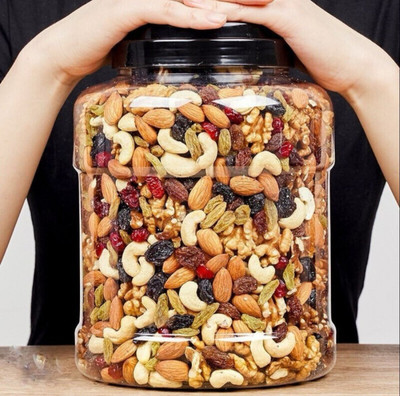
SUPRIKAM FULL OF NUTRANT FLESHY MILKY MASHROOM SPAWN/ Seed (90 per packet)
Share
SUPRIKAM FULL OF NUTRANT FLESHY MILKY MASHROOM SPAWN/ Seed (90 per packet)
Be the first to Review this product
Special price
₹222
₹389
42% off
Coupons for you
T&C
Available offers
T&C
T&C
T&C
T&C
Delivery
Check
Enter pincode
Delivery by15 Oct, Wednesday
?
if ordered before 2:59 AM
View Details
Highlights
- Seed Type: Vegetable
- Suitable For: Indoor
- Organic Plant Seed
- Seed For: FULL OF NUTRANT FLESHY MILKY MASHROOM SPAWN/
- Quantity: 90 per packet
Services
- Cash on Delivery available?
Seller
Description
Discover the rich taste and health benefits of our fresh Milky Mushrooms, also known as Calocybe indica. Grown organically and harvested with care, these white, fleshy mushrooms are prized for their meaty texture and mildly sweet flavor.
Read More
Specifications
In The Box
|
General
| Brand |
|
| Model Name |
|
| Quantity |
|
| Common Name |
|
| Flowering Plant |
|
| Suitable For |
|
| Type of Seed |
|
| Organic |
|
| Family |
|
| Scientific Name |
|
| Uses |
|
| Soil Nutrient Requirements |
|
| Sowing Method |
|
| Net Quantity |
|
Additional Features
| Care Instructions |
|
| Other Features |
|
Be the first to ask about this product
Safe and Secure Payments.Easy returns.100% Authentic products.
Back to top











